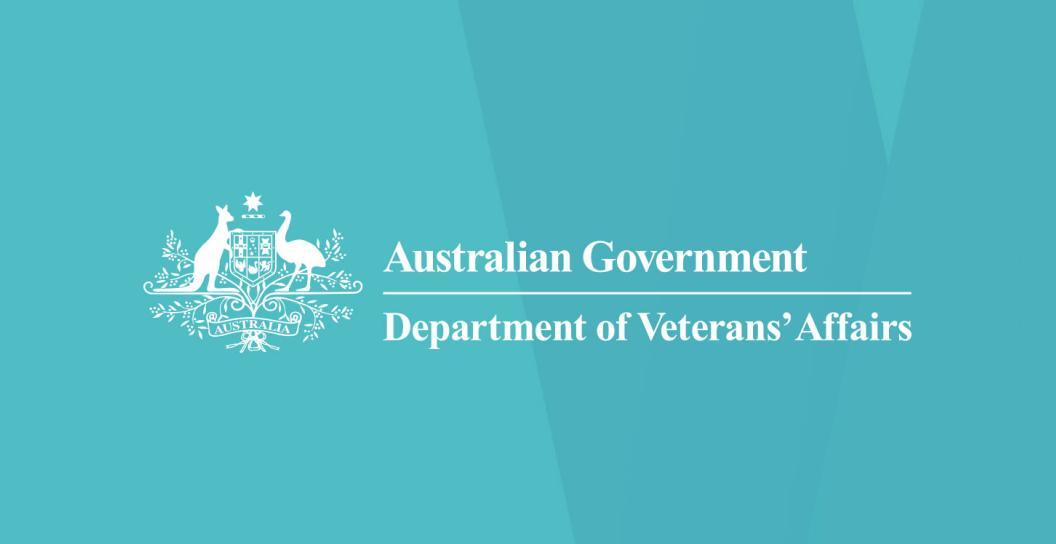Media backgrounders
If you would like to receive a round-up of Latest News stories every two months, you can subscribe to DVA e-news. You can also subscribe to our flagship newspaper Vetaffairs. Just visit the Subscriptions page.

In 1945, Australia’s armed forces took part in a series of landings on the island of Borneo, including the largest amphibious landing undertaken by Australian forces in the Second World War.

During the Second World War Australian aircrew with the Royal Australian Air Force (RAAF) were trained in Australia, Canada and Rhodesia under the Empire Air Training Scheme (EATS). This scheme trained Australian aircrew before sending them to the United Kingdom to fly on offensive air operations against the Germans and Italians. The first ground instruction schools and flying courses opened in Australia in 1940 and by March 1941 individual RAAF men were joining Bomber Command squadrons.

On 28 October 1940, Italy invaded Greece marking the beginning of Greece’s involvement in the Second World War. The Greek army proved tougher than expected and the Italians were driven back to Albania. To help its ally, Germany was forced to send in its own forces to overcome Greece.

1942 stands as one of the most significant years in Australia’s wartime history. As Australians fought in defence of our shores, there were major battles in Papua (now a part of Papua New Guinea): along the Kokoda Track, at Milne Bay and at the Beacheads of Buna, Gona and, in early 1943, Sanananda.

The Battle of the Atlantic was the longest military campaign of the Second World War, beginning in September 1939 and concluding almost six years later with the surrender of Germany on 8 May 1945.

In July 1942, as fighting in the Second World War neared Australian shores, Japanese troops landed near Gona on the north coast of Papua (now a part of Papua New Guinea). Australian troops were stationed in Port Moresby in the south.

Battle for Australia Day is commemorated every year on the first Wednesday in September, marking the first defeat of Japanese forces in the Battle of Milne Bay. It recognises all those who served on the home front in Australia, and who fought on land, air and sea in battles in the Coral Sea and New Guinea, including Milne Bay and the Kokoda Track, between 1942 and 1945.

During the initial years of the Second World War, Australia’s military strategy was closely aligned with that of the United Kingdom. As a result, most Australian military units deployed overseas in 1940–1941 were sent to North Africa and the Mediterranean where they formed a key part of the Commonwealth forces.

On 19 February 1942, just four days after the Fall of Singapore, mainland Australia came under attack for the first time, when 242 Japanese fighters, bombers and dive bombers attacked Darwin.

Between 1950 and 1953, personnel from the Australian Navy, Army and Air Force fought as part of the United Nations (UN) force defending South Korea from a communist North Korean invasion that was later strongly supported by China.